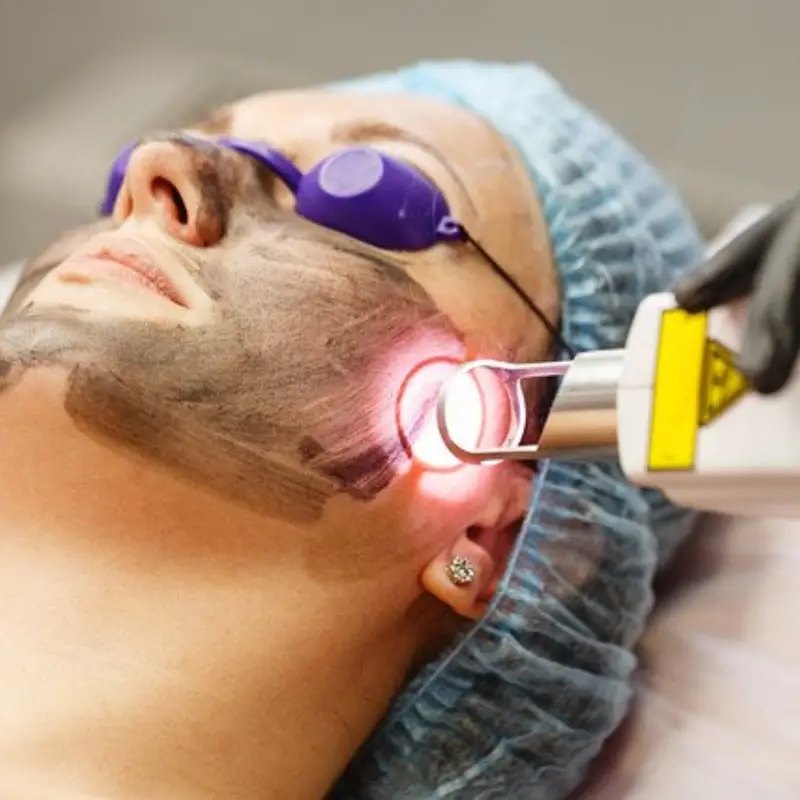Dermatologist Recommended Melasma Treatment: Your Complete Guide
Melasma is more than a cosmetic concern—it’s a chronic skin condition that affects confidence, quality of life, and skin health. Whether you’re newly diagnosed or exploring your next treatment step, this expert-backed guide walks you through the causes, options, and evolving solutions for melasma in 2025.
Understanding Melasma: Why It Happens
Melasma appears as patchy brown or gray-brown pigmentation, most commonly on the face. It’s triggered by several overlapping factors:
Hormonal changes: pregnancy, birth control pills, or hormone therapy
Sun exposure: UV and visible light stimulate pigment-producing cells
Genetics: more common in people with darker skin tones (Fitzpatrick III–VI)
Heat & inflammation: may worsen melasma even without direct sun
Unlike post-inflammatory hyperpigmentation, melasma tends to recur and is more resistant to treatment, requiring long-term management.
Why Melasma Treatments Matter Now
In 2025, climate and lifestyle changes—more intense sun, screen time, and stress—mean that melasma is becoming more persistent and widespread. Dermatologists recommend early, consistent care to:
Reduce pigment production and distribution
Prevent long-term skin damage
Avoid worsening from unprotected sun exposure
Improve skin tone consistency and barrier health
Early intervention also reduces the need for aggressive treatments later on.
Comparing Treatment Options: What Experts Say
Dermatologists typically combine multiple approaches for optimal results. Here’s how the most common treatments stack up:
| Treatment Type | How It Works | Considerations |
|---|---|---|
| Topical agents | Hydroquinone, azelaic acid, tranexamic acid | First-line treatment; gradual improvement |
| Chemical peels | Exfoliate surface pigment | Requires downtime; may irritate sensitive skin |
| Oral TXA | Reduces pigment from inside out | Off-label use; monitor for clotting risk |
| Laser treatments | Break up pigment in skin layers | Must be used cautiously to avoid rebound pigmentation |
| Microneedling + serums | Enhances absorption of actives | May improve delivery; mild downtime |
Combination therapy is usually more effective than any single treatment alone.
Chemical Peel vs. Laser for Melasma: Pros and Pitfalls
| Method | Pros | Pitfalls |
|---|---|---|
| Chemical Peels | Budget-friendly, suitable for most skin types | Can irritate, requires multiple sessions |
| Laser | Targets deeper pigment, faster results | High risk of rebound pigmentation in darker skin tones; needs expert handling |
Dermatologists often prefer low-fluence lasers (like Q-switched Nd:YAG) or fractional non-ablative lasers for certain skin types. Chemical peels like glycolic acid or Jessner’s peel are common in-office starting points.
New Treatments for Melasma in 2025 and Beyond
The melasma treatment landscape is evolving. New and emerging options include:
Topical cysteamine cream: antioxidant that reduces melanin activity
Encapsulated hydroquinone: improved delivery with less irritation
Tranexamic acid patches: localized, timed-release pigmentation control
Skin-lightening exosomes (under investigation): targeting melanocyte regulation at the genetic level
Dermatologists emphasize ongoing trials and customized regimens based on skin type, melasma depth, and individual triggers.
Best Practices: Skincare, Sunscreen, and Preventing Recurrence
No melasma plan is complete without daily prevention:
Broad-spectrum sunscreen (SPF 50+) with iron oxides for visible light protection
Antioxidants like vitamin C, niacinamide, and resveratrol
Barrier-repair moisturizers to reduce inflammation
Avoiding overheating: saunas, hot yoga, and steam can trigger flares
Consistent maintenance: even after fading, pigment may return without ongoing care
Daily protection is your long-term defense—melasma management is a marathon, not a sprint.

